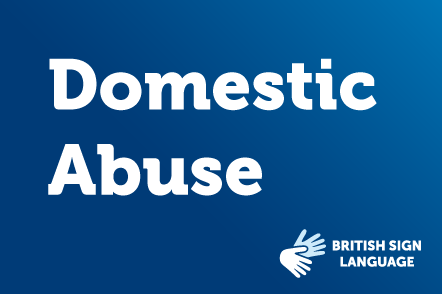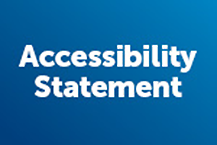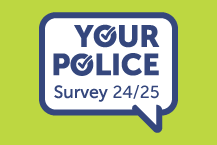Banking Fraud
What is it?
Banking fraud can occur via three channels: online, telephone and mobile. To commit this fraud criminals gain access to your business’s bank account and make unauthorised transfers of money.
How to spot banking fraud
- Your business’s account details have somehow been changed and you may not be able to access your account
- New payees, direct debits and standing orders have been set up on your business’s bank account that you didn’t authorise
- There are transactions on your business’s bank statement you don’t recognise
Example of banking fraud
Monty was feeling stressed and under pressure. Several of his colleagues had called in sick and he was extremely overstretched when he received a text from what he thought was the bank informing him of suspicious activity on the business’s bank account.
Despite being rushed off his feet Monty knew he had to sort this issue out quickly so proceeded to call the fraud prevention number within the text. Upon speaking to someone who he thought was in the fraud department, who confirmed the business’s address and recent transactions, he was asked to provide the business’s bank details in order for the account issues to be resolved. Shortly after, Monty received a One-Time Passcode which he shared with the bank employee and was informed that the problem with the business’s account had been resolved.
Several days later when he checked the business’s bank statement, he noticed countless transactions that he hadn’t authorised. He contacted the bank immediately, this time using the number on a bank statement.
If you believe your business has fallen for a scam, contact the bank immediately on a number you know to be correct, such as the one listed on the back of your business’s bank card and report it to the police by calling 101.







